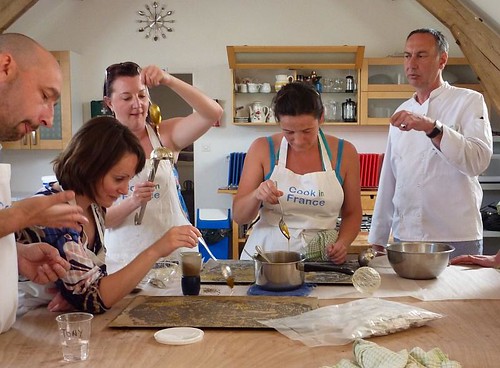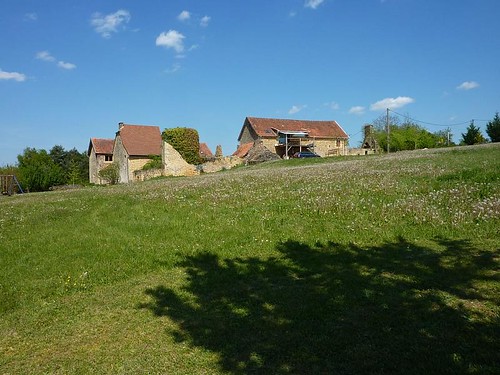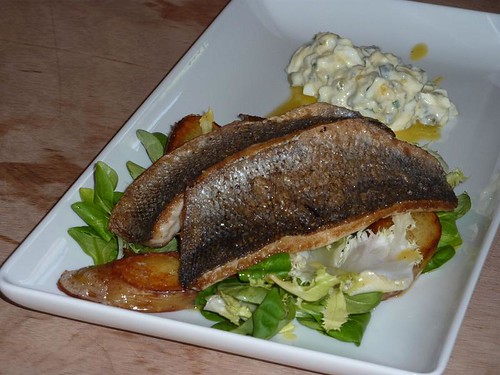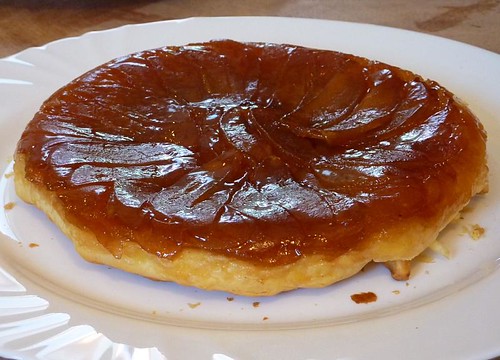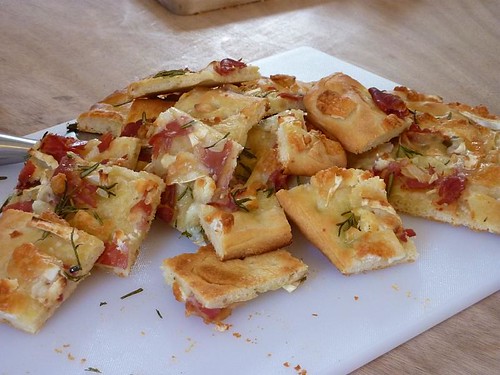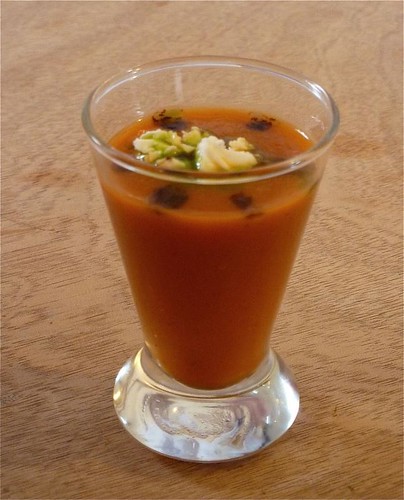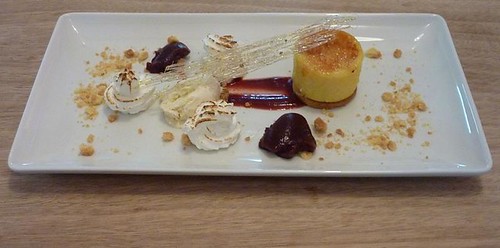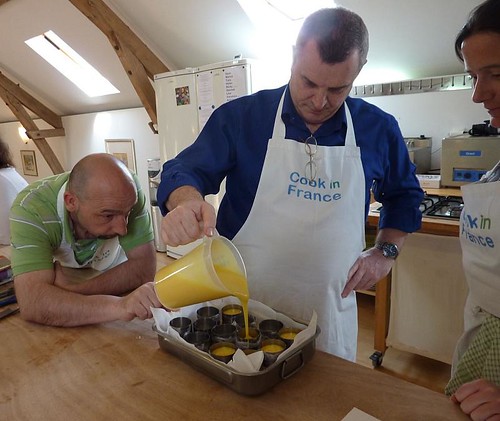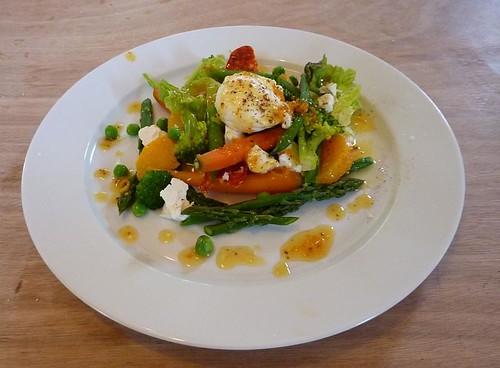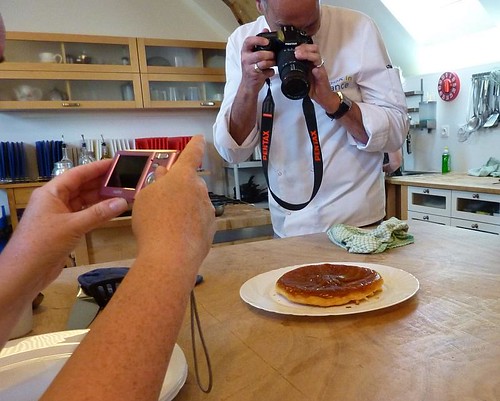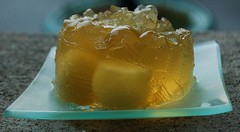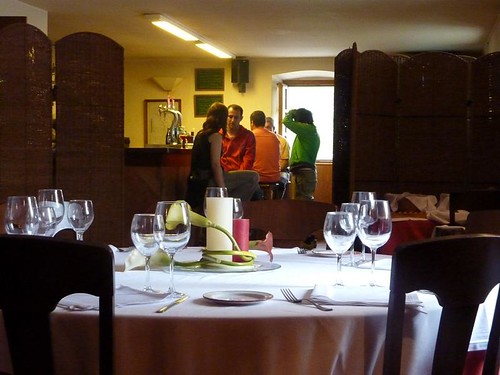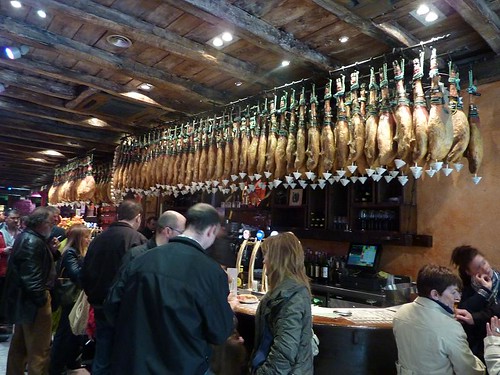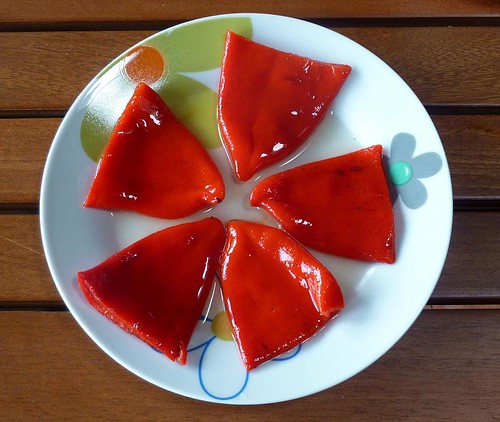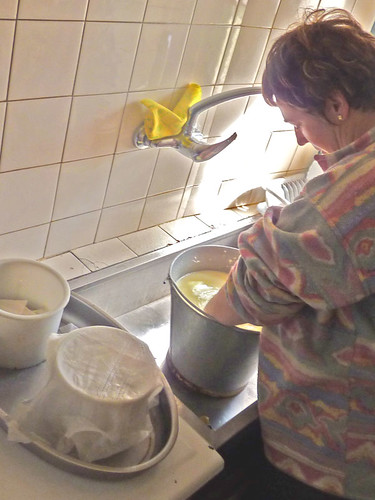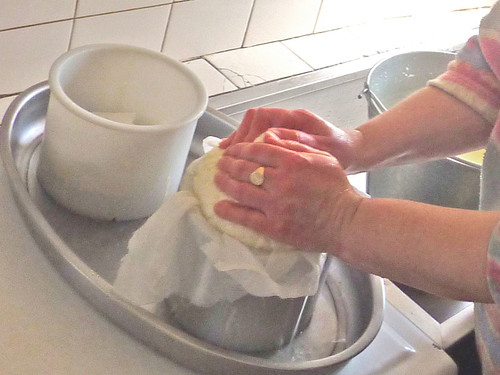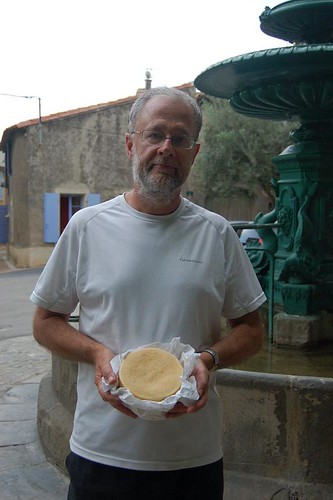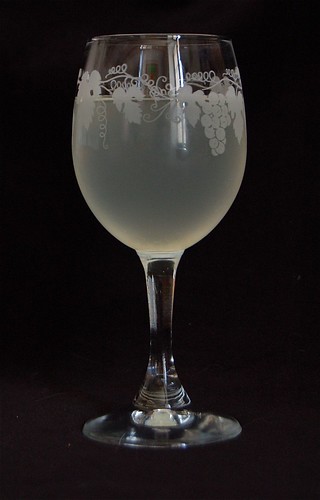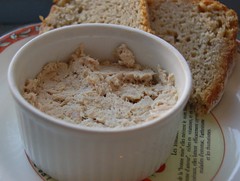This book is based on a deep knowledge of everyday life in Spain, which shines through most notably in the chapters on rural life (the author lives on a smallholding in Extremadura). He does a good job of explaining the differences between regions; and Spain is above all a country of very diverse regions. I liked the organisation too, starting on the coast, then going inland to rural Spain, and finally visiting cities. Some chapters were very evocative — the one about Asturias immediately made me want to visit — though it’s clear that the author knows some regions of Spain much better than others. I was a little disappointed in its thin coverage of the Basque country, basically dwelling on San Sebastian and haute cuisine.
In fact, there’s a little too much emphasis on haute cuisine and meticulous accounts of meals in Michelin-starred restaurants, where the chef just happens to be on hand to present him with his very own menú degustación and a friendly chat. Not that these aren’t important — you can hardly write a book about food culture in Spain and not mention Ferran Adria and Martin Beresategui – but they don’t reflect the food world of most Spaniards. His views are at times a little rosy — or else stretching the truth. On several occasions he arrives in a strange town, selects a restaurant apparently at random, and has a wonderful lunch. In real life, this Would Not Happen. At least, it would occasionally, but you would be bound to stumble into one of the majority of indifferent Spanish restaurants and have a terrible, if cheap, meal. It’s obvious he’d done research beforehand — he’s a food journalist for heaven’s sake — so why not say so?
Ferran Adria has it right: “People accuse me of lowering standards: ‘It’s your fault there are so many young kids trying to do modern food, and doing it badly.’ Maybe, but isn’t it much worse that there are millions of tortillas and paellas all over the country that are cooked so badly? Ordinary food in Spain is in a much worse state than haute cuisine, and that’s a fact.”
For me the key feature of Spanish food is that Spain was virtually a third-world country in terms of living standards until about the 1970s. So it’s hardly surprising that food was cheap and filling, the stuff of poverty. There was no Spanish tradition of haute cuisine as there was in France — which is why the Basque chefs looked to France for their inspiration:
More than anything, the cooking of rural Spain is a collective response to the realities of climate, weather, organised religion … and, above all, the need to provide the body with the calories needed for hard physical work. (p 97)
I was surprised that Richardson didn’t mention the culture of the menú del día in Spain. I’m sure I read somewhere that Franco instituted it to ensure that manual workers had a large, nutritious meal at lunchtime, and it must have played a large part in maintaining the dead hands of tradition and cheap stodge that still weigh heavily on Spanish restaurant food outside the rarefied temples of gastronomy. But it was interesting to read about the revolution that started in San Sebastian on the death of Franco, asserting Basque identity through modern riffs on traditional food, and then spread through the country. He makes it clear too that it’s no accident that the most creative and adventurous chefs are from the rich provinces of the Basque country and Catalonia, both with easy access to mountains and sea, and with richer culinary heritages because of their voyaging past.
Further interesting facts: I knew that the Reyes Católicos were responsible for the Spanish obsession with pork, promoting it because it was a good way of winkling out closet Jews and Moors. But I hadn’t heard that in the 1950s, as part of a deal with the Americans over military bases, the Spanish government imported millions of litres of American rapeseed oil. Spaniards weren’t going to let go of their aceite de oliva without a fight, so in order to shift the imported oil a publicity campaign was started to convince them that olive oil was thoroughly unhealthy. Consumption plummeted until the scandal of the contaminated vegetable oil in the early 1980s that killed over a thousand people and persuaded the Spanish to switch back to the home-produced stuff.
Anyway, I enjoyed this book and learned a lot from it — it’s a great read for foodies planning to travel to Spain and wanting to understand more about the country and its culture. He even has a list of recommended restaurants, if your wallet will stretch to them.

